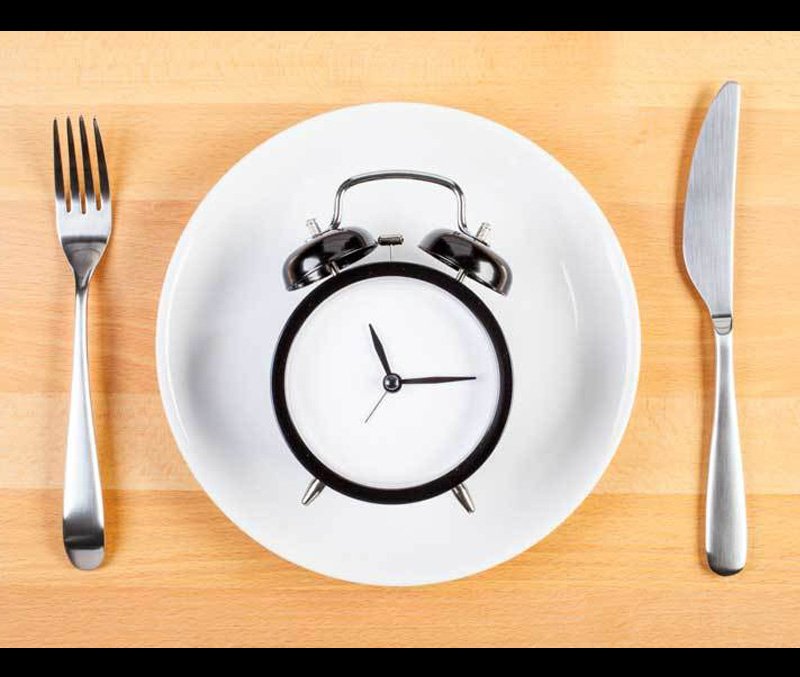
Intermittent fasting has become all the rage today, as more people are staying at home and have more time to spend on their well-being and fitness and Intermittent Fasting is one of the few means of weight loss that most people can stick with and easily manage to get a fitter and healthier lifestyle.
What is Intermittent Fasting?
Intermittent fasting is not a diet, it’s a pattern of eating. It’s a way of scheduling your meals so that you get the most out of them. Intermittent fasting doesn’t change what you eat, it changes when you eat. Common intermittent fasting methods involve daily 16-hour fasts or fasting for 24 hours, twice per week.
How Does Intermittent Fasting Work?
To understand how intermittent fasting leads to fat loss we first need to understand the difference between the fed state and the fasted state.
Your body is in the fed state when it is digesting and absorbing food. Typically, the fed state starts when you begin eating and lasts for three to five hours as your body digests and absorbs the food you just ate. When you are in the fed state, it’s very hard for your body to burn fat because your insulin levels are high.
After that timespan, your body goes into what is known as the post–absorptive state, which is just a fancy way of saying that your body isn’t processing a meal. The post–absorptive state lasts until 8 to 12 hours after your last meal, which is when you enter the fasted state. It is much easier for you body to burn fat in the fasted state because your insulin levels are low.
When you’re in the fasted state your body can burn fat that has been inaccessible during the fed state.
Because we don’t enter the fasted state until 12 hours after our last meal, it’s rare that our bodies are in this fat burning state. This is one of the reasons why many people who start intermittent fasting will lose fat without changing what they eat, how much they eat, or how often they exercise. Fasting puts your body in a fat burning state that you rarely make it to during a normal eating schedule.
These are a few tips and tricks to stay with the program:
Stay hydrated:
Drink lots of water and calorie-free drinks, such as herbal teas, throughout the day. It helps with a psychological response of wanting food even when we don’t need it plus a heavy water intake is great for the skin.
Avoid food dreams:
Having things to do to distract yourself from long periods of not eating makes life a lot easier also has the added advantage of getting a lot done. So plan paperwork and other time consuming tasks for your fasting period of the day or the days if you intend on doing 24 hour fasts and no a Netflix binge is not one of those things.
Relax and Rest:
If you go down the 24 hour fast route once a week do not push yourself to do a heavy workout during it. It may lead to injury but a light yoga session could be just the thing to get the blood flowing.
Break the Fast with a small nutrient dense meal:
Eat a meal that’s high in fibre, vitamins and minerals right after your fasting period instead of loading yourself up with carbs. (we know you love those) having a small mean allows your body to start enagagjng the digestive system again and the nutrients help move you towards a healthier insulin response of your body. Making it easier to achieve your goals and keep yourself fit.


